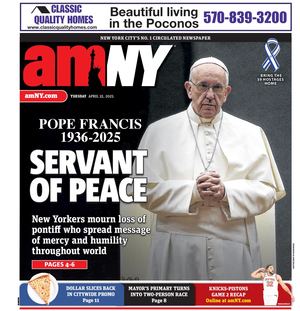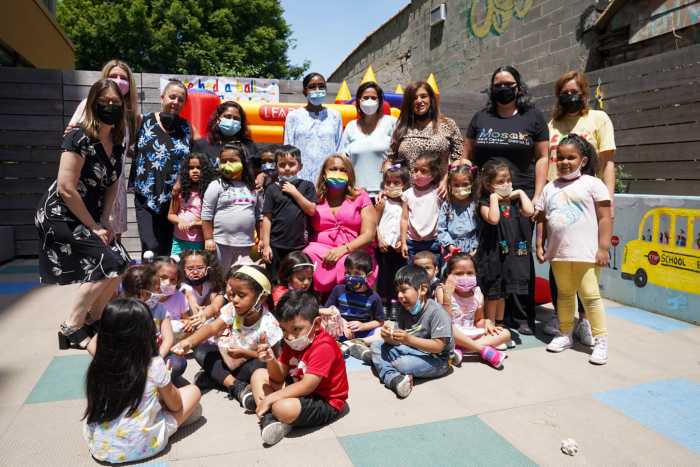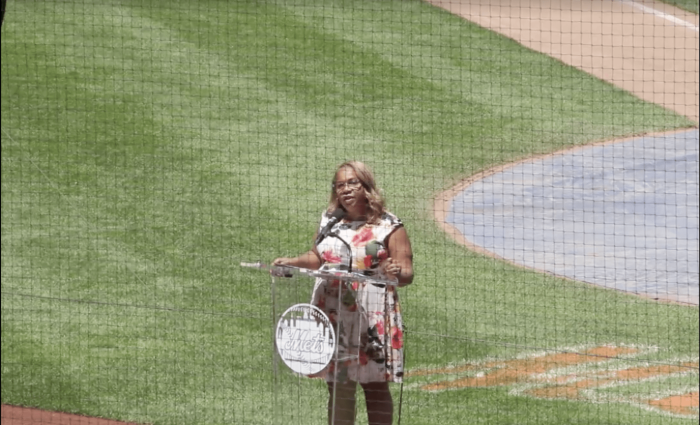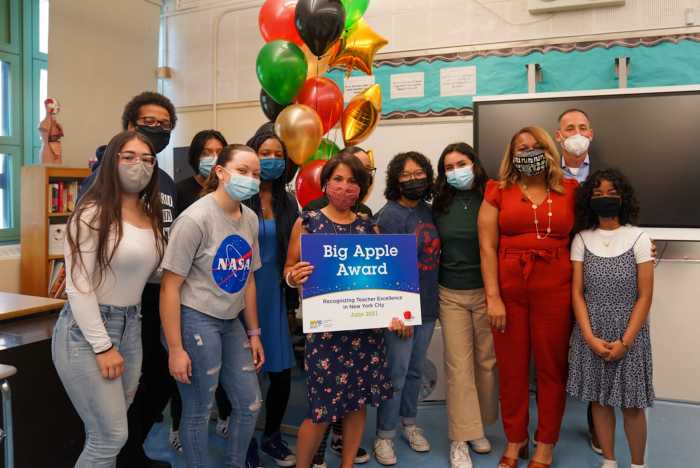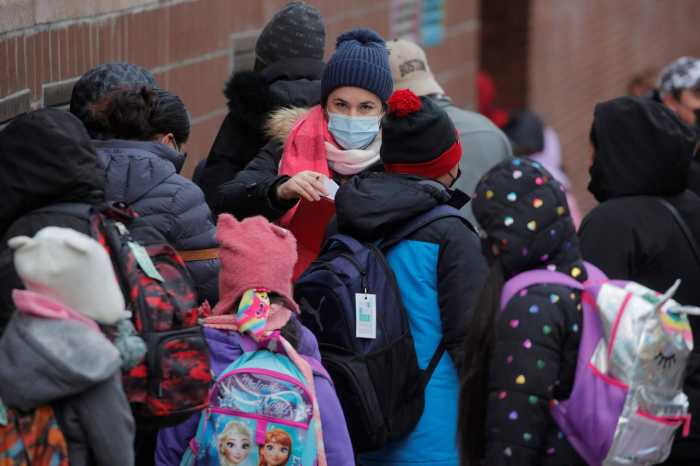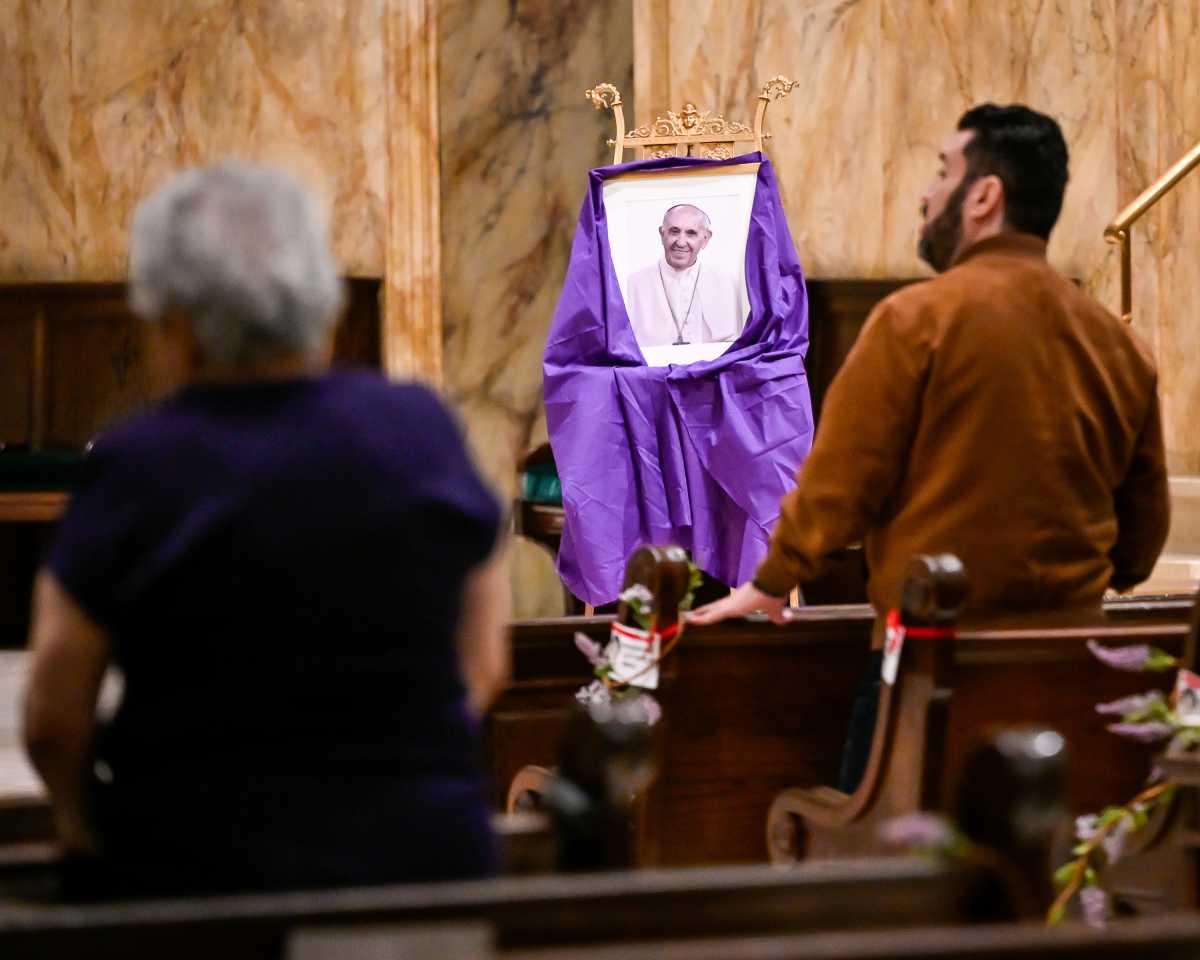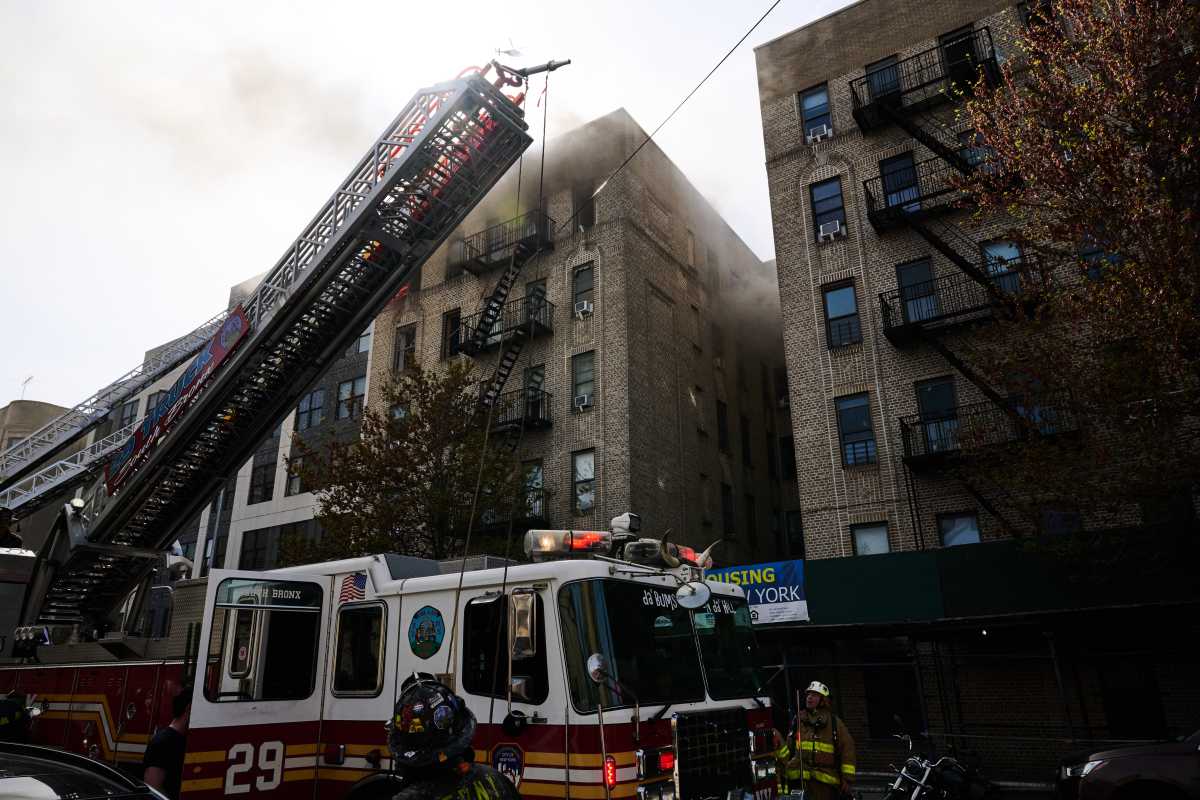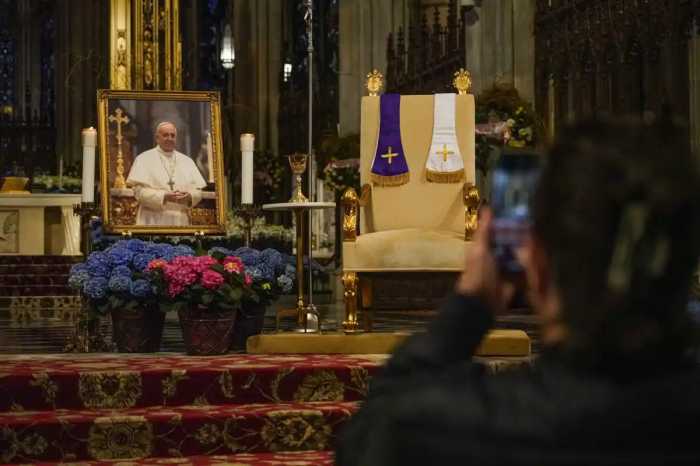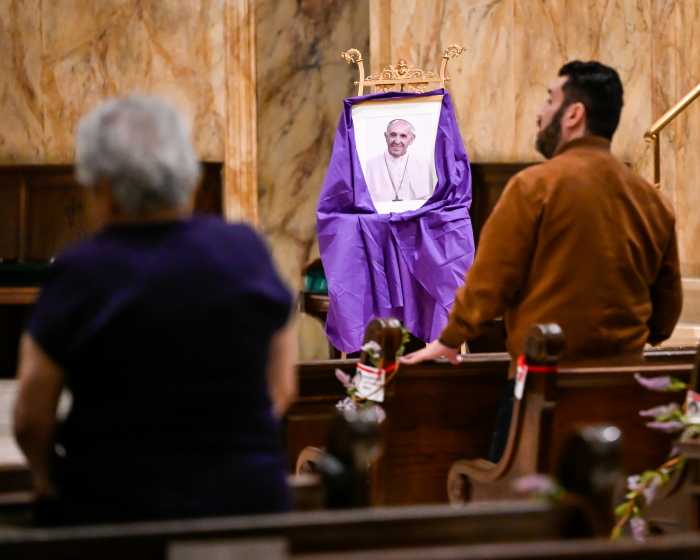New York City officials released a school health and safety guidebook Thursday less than three weeks before public school students are set to return to classrooms.
The 13-page long document available on the Department of Education’s website does not answer every question teachers and parents have about this year’s full return to classrooms a year and a half into the COVID-19 pandemic and will serve as more of a “baseline” for teachers and school administrators to work from, according to Mayor Bill de Blasio.
Questions as to how the DOE will instruct quarantining students, for example, still remain unanswered with Mayor Bill de Blasio assuring New York City school communities that officials would release further guidance later this month and early September as negotiations with unions like the United Federation of Teachers, wind down.
“There’s a lot of material in here and there’s a lot of references to other more detailed material online,” said de Blasio about the guidebook, six pages of which contain fall health and safety protocols. “We are going to be adding updates in the coming weeks.”
In keeping with Mayor de Blasio’s message, the guidebook encourages all New York City public school students 12 years of age and older to get vaccinated and notes that in order for students to play high-risk sports like football and basketball they must get at least the first dose of the vaccine by the start of competitive play.
The U.S. Food and Drug Administration granted full approval of the Pfizer-BioNTech COVID vaccine for people 16 years old and older replacing its previous emergency use authorization. There is still an emergency use authorization in place on the Pfizer-BioNTech vaccine for children between the ages of 12 and 15.
About 60% of New York City’s children ages 12 to 17—or 310,183 vaccine-eligible kids—have received at least one dose of the COVID vaccine, according to the New York City Department of Health and Mental Hygiene.
City officials report that about 70% of all public school teachers have received at least one shot of a COVID-19 vaccine. That number will increase due to the full vaccine mandate Mayor de Blasio has issued to all DOE employees. Employees have until Sept. 27 to get at least one dose of a vaccine by Sept. 27., and upload proof of vaccination into the newly launched vaccination portal.
COVID-19 testing in schools and quarantining
Schools Chancellor Meisha Ross Porter announced that 10% of all unvaccinated adults and children in schools who have submitted a testing consent form will undergo COVID-19 testing every two weeks. If a positive COVID-19 case is detected in a classroom, some form of quarantining will need to take place for students. In elementary schools, all students in a classroom with a confirmed positive COVID-19 case will need to quarantine for 10 days. The DOE has not released details on how those students will receive instruction with the guidebook stating “ students will continue to receive instruction while they quarantine.”
Vaccinated middle and high school students who are exposed to a COVID-19 case in a classroom and are symptomatic will need to quarantine for 10 days. The guidebook states that these students will receive remote instruction while they quarantine but City officials have still not worked out how those students will be instructed. “We have a variety of materials ready, different approaches depending on the grade level… we are going to be adding updates in the coming weeks,” de Blasio said.
Under the guidelines laid out in the DOE booklet, unvaccinated middle and high schoolers will also need to quarantine for 10 days and will learn remotely. These students will be given a chance to test into in-person classes again on the fifth and return to physical classrooms after the seventh day of their quarantine if they receive a negative COVID test.
COVID-19-related school closures will be up to the discretion of the DOHMH, the guidebook states.
Remote learning for the medically fragile
The DOE accommodates some medically fragile children in the third through 12th grades that are unable to go to school by having certified teachers visit their homes or by having those students participate in individual or small group classes online This fall, the department has expanded the number of conditions students must have in order to qualify for home or remote instruction. Students with Multiple Sclerosis, cerebral ataxia, lymphoma, liver disease, cystic fibrosis, congenital lung disease, congenital heart condition, muscular dystrophy, adrenal disorder, heart conditions, metabolic disorders, chronic renal diseases, active cancer, Leukemia, Thalassemia, sickle cell disease, Crohn’s disease or other gastrological diseases as well as those suffering from a tumor, seizures or who have had a stroke can qualify.
Students with family members that are immunocompromised due to a medical condition or treatment can apply for home instruction too.
Health screenings
This fall, students and public school staff will be required to complete a health screen and take their temperature at home before they can enter a DOE building, according to the guidebook. And any student or staff member feeling ill will need to stay home and get tested for the virus.
Face coverings
For months, Mayor de Blasio and DOE officials have said that masks will be required for all adults and children inside or outside a DOE building regardless of vaccination status. In schools, masks can be removed during meals or during designated breaks during the day in which kids and adults are kept physically distant. Students who can not wear a face mask will be given an alternative and staff will be given additional protective equipment, the guidebook notes.
Social distancing
The Centers for Disease Control and Prevention recommends that all students and school staff maintain at least three feet of physical distance from one another when possible but stresses that schools should not jeopardize full reopening to abide by this rule. In the guidebook, the DOE explains that elementary schools will use cohorts wherever possible and have teachers travel between classrooms in order to help maintain social distance between students.
During lunch schools are encouraged to use outdoor space and extra space within schools to allow for social distancing, according to the guidelines.
